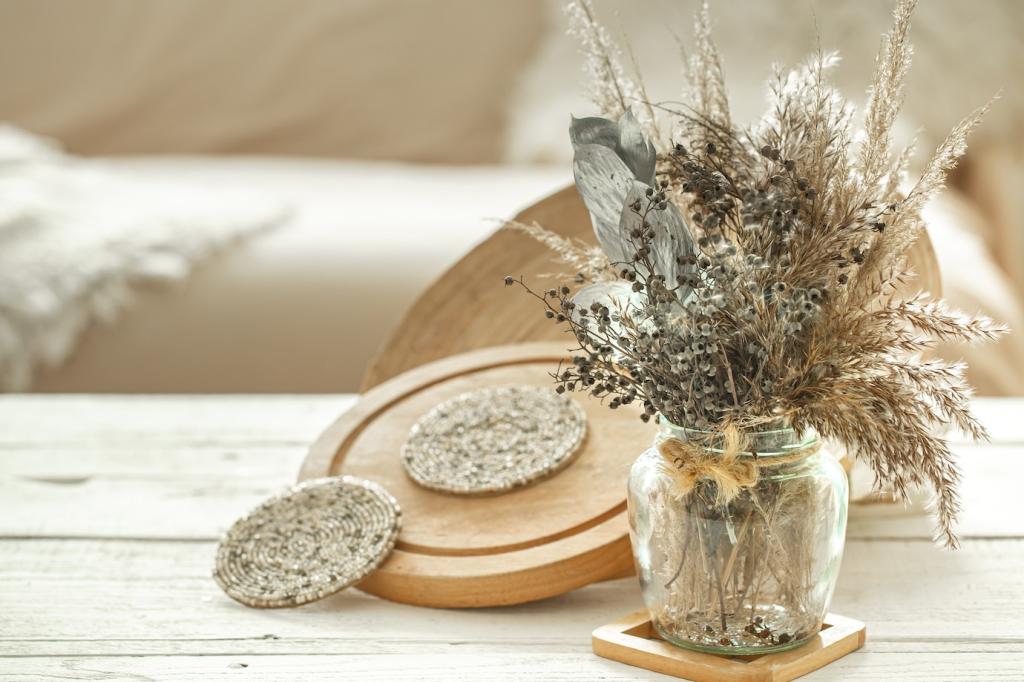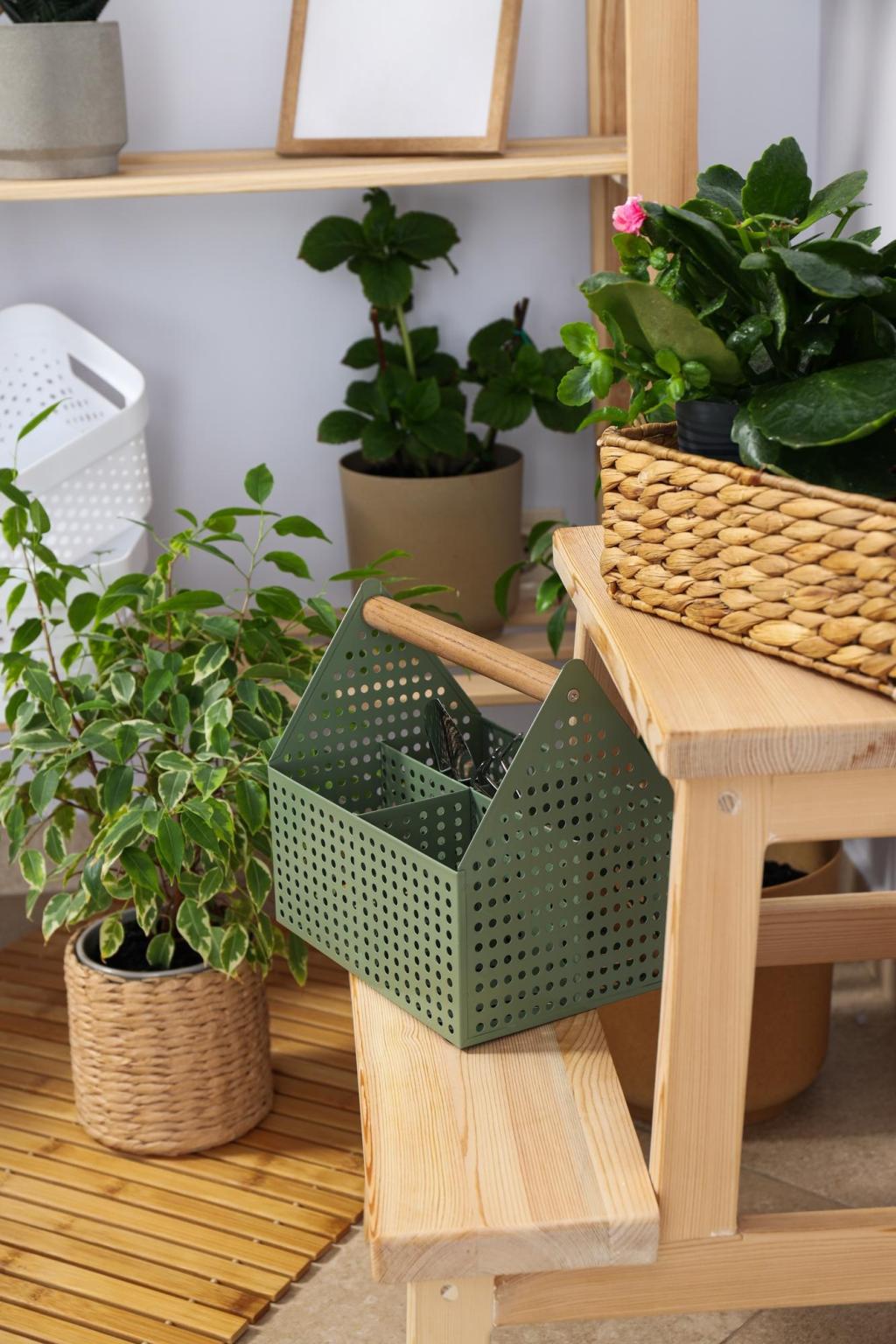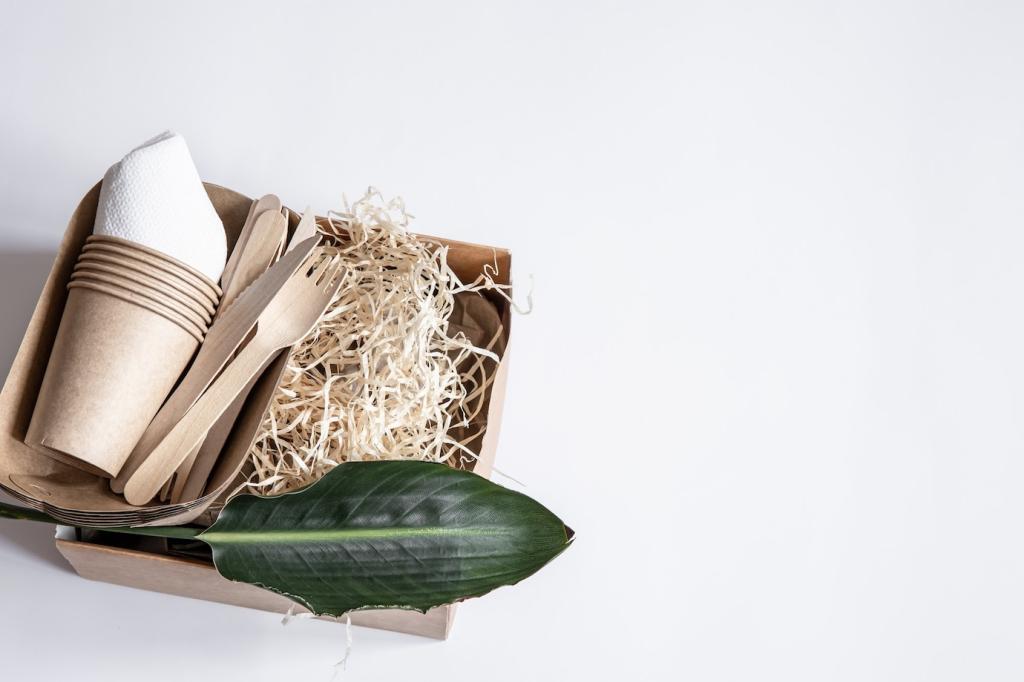Eco-Conscious Kitchen Design Tips: Build a Planet-Friendly Culinary Haven
Chosen theme: Eco-Conscious Kitchen Design Tips. Welcome to a warm, practical guide for shaping a beautiful kitchen that honors the earth, saves resources, and inspires delicious, sustainable cooking every single day.


Low-Impact Materials You’ll Love
Opt for FSC-certified wood, recycled-content countertops, cork or linoleum floors, and low-VOC finishes. A small studio we visited rebuilt cabinet fronts from reclaimed floorboards, saving money and preserving character while dramatically reducing embodied carbon and chemical off-gassing.

Design for Longevity and Repair
Pick timeless cabinets and standardized hardware so doors, drawers, and hinges can be repaired instead of replaced. Future-proofing with modular shelves, adjustable inserts, and sturdy, classic profiles keeps your kitchen beautiful longer and prevents wasteful overhauls later.
Energy-Savvy Appliances and Lighting

Choose Efficient Appliances
Favor induction cooktops for quick, precise heat and cooler kitchens, plus efficient refrigerators and dishwashers with eco cycles. One couple reported quieter nights, faster boils, and a noticeable utility drop after upgrading to induction and a high-efficiency dishwasher.

Smarter Controls for Daily Wins
Layer task, ambient, and accent lights with dimmers, timers, and occupancy sensors. Use advanced power strips for small appliances to reduce standby loads. Share your favorite energy-saving trick in the comments so others can test it in their own kitchens.

Daylight and LED Strategy
Combine daylight with warm, high-CRI LEDs for accurate food colors and cozy ambience. Under-cabinet LEDs minimize shadows on the cutting board, and pendant dimmers create mood for slow weekend breakfasts while keeping energy consumption comfortably low.
Water Wisdom for Cooking and Cleaning
Install aerated faucets with efficient flow rates, and choose dishwashers that prioritize water conservation. A pull-out sprayer reduces over-rinsing, while soaking stubborn pans in a shallow basin cuts waste during messy, sauce-filled cooking sessions.


Water Wisdom for Cooking and Cleaning
Collect clean pre-rinse water to nourish herbs or houseplants. One home cook keeps a small pitcher by the sink and waters a windowsill basil garden, turning a simple habit into a mini lush oasis above their chopping board.


Non-Toxic Finishes Matter
Look for low- or zero-VOC paints, formaldehyde-free cabinets, and water-based sealers. Solid wood and high-quality plywood beat low-grade composites, reducing off-gassing and improving durability in high-use zones like sink bases and pantry cabinets.

Ventilation that Truly Captures
Select a quiet, properly sized range hood vented outdoors, with good capture at low speeds for everyday cooking. Balanced ventilation safeguards indoor air, especially when searing or frying, and keeps kitchen surfaces cleaner for longer stretches.

Clean Green, Breathe Easy
Stock a small caddy with vinegar, baking soda, castile soap, and microfiber cloths. You’ll cut harsh chemicals while maintaining gleaming surfaces. Share your favorite low-tox cleaning recipe so we can feature it and credit you in our next post.
Reclaimed wood shelves, vintage pulls, and secondhand sinks add soul and save resources. A baker we met turned an old maple bench top into a pastry counter, its worn edges whispering stories while supporting thousands of flaky layers.
Circular Design, Local Finds, and Upcycling
Partner with nearby cabinet shops and stone yards to reduce transport emissions and foster community. Ask about offcuts for smaller counters or ledges, then share your finds with readers—your tip could help someone discover their dream material.
Circular Design, Local Finds, and Upcycling
An Edible, Plant-Forward Kitchen
Install a herb rail near daylight or use full-spectrum grow lights on a shelf. Snipping mint, parsley, and basil sparks creativity and reduces packaging waste, while reminding you that flavor thrives in simple, seasonal, plant-forward dishes.
An Edible, Plant-Forward Kitchen
Store fruits and vegetables in breathable bins at eye level so they get used, not forgotten. Clear containers and a weekly prep routine turn mobile snacks and quick soups into a habit that keeps waste and costs low.


Budget-Friendly, Phased Upgrades
Keep What Works
Refinish solid cabinets, swap fronts, or replace hardware instead of scrapping entire boxes. Preserving durable elements slashes costs and embodied carbon, leaving budget for high-impact upgrades like a better hood or an induction cooktop.

